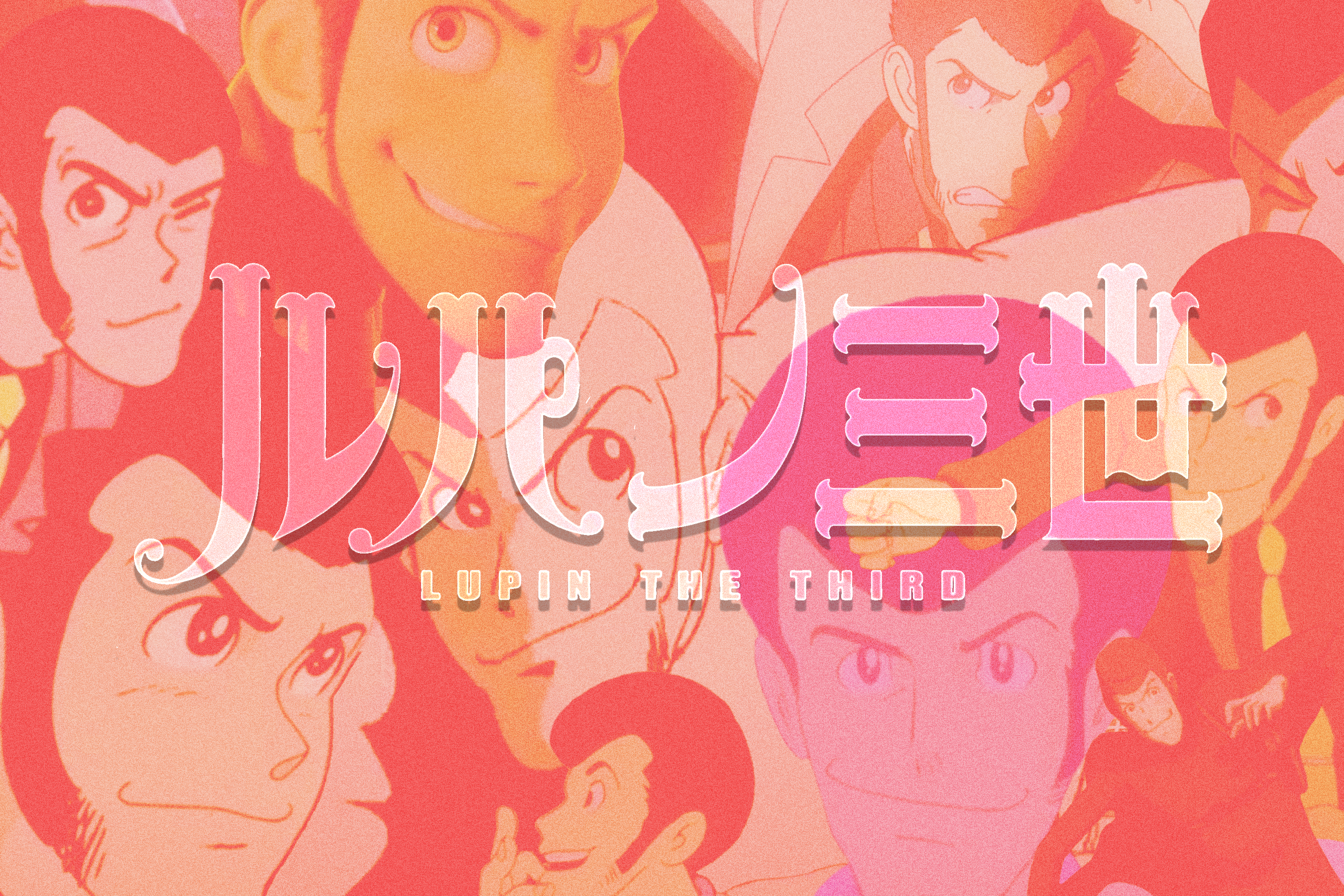In October 1980, now-acclaimed anime director Hayao Miyazaki wrote an article for “Animage” magazine claiming that the titular Lupin III of the “Lupin III” franchise was “truly a creature of his era.”
Lupin III, is a mangaanime character who is the supposed grandson famous fictional French thief, Arsène Lupin. Lupin III debuted in a manga of the same name created by Kazuhiko Katō under his pen name, “Monkey Punch,” in 1967.
In 1969, “Lupin III” received a pilot film and a full anime in 1971. Since then, the anime has become the most well-known medium featuring the famous thiefThe show has run on and off from 1971 to the present day and has released approximately 20 movies and specials throughout that same period.
In 1979, Miyazaki had just finished his run directing the first part of the “Lupin III” anime by releasing his own Lupin movie, “Castle of Cagliostro.” In his article for “Animage” a year later, he noted that part of Lupin’s charm was as a surrogate for the audience to experience high excitement, conniving and thrill-seeking. Miyazaki saw Lupin as a symbol of the late ‘60s and early ‘70s– a character with unlimited money, fresh ideas, all the newest technology and the debauchery that came with that.
“Lupin was conceived of as a character who had inherited a fabulous fortune from his grandfather, who lived in a mansion, who didn’t participate in society’s materialistic rat race, and who– to ward off boredom (or ennui, as we called it) – occasionally worked as a thief,” Miyazaki stated.
However, as the 1970s came to an end, Lupin’s once-subversive technology, apathy and debauchery became more commonly found in society, and he lost the appeal of being novel or cool. Now, the world had caught up, and even surpassed Lupin. He looked dated.
No “Lupin III,” Miyazaki said, could ever function past 1980 without the ravenous hunger of a new era that was present in the original manga.
In 2022, “Lupin Zero,” the ninth “Lupin” anime series and 22nd franchise adaptation overall, was released to generally positive reception. A live-action movie about the thief’s beloved gunman, Jigen Daisuke, was released just last fall, and was the third live-action Lupin adaptation to be released to date. There have been Lupin musicals, Lupin stage shows, and recently, a Kabuki play.
So the question remains: why is Lupin, a creature of his era, still alive today?
Well, there’s something of a running meme in the “Lupin III” fandom that the show is the Japanese equivalent of “Scooby Doo.” Both are generally low-budget animated shows with adaptations of varying quality, were created around the same time and center around a recognizable, beloved cast of characters solving mysteries. And, just like “Scooby Doo” fans identify the show’s “timeline”by Shaggy’s shirt color, Lupin fans can identify what adaptation he’s from by his jacket color.
Not only do jacket colors tell fans the universe a specific Lupin episode is from, but they also tell fans what characteristics to expect from the thief. “Green Jacket” Lupin (Miyazaki’s Lupin) is often more heroic and kind, while his “Blue Jacket” counterpart is darker and more serious. “Red Jacket” Lupin is somewhere between the two, and “Pink Jacket” Lupin is as zany and outlandish as he can get.
The tricky thing about Lupin is that shapeshifting and reforming are two of his character’s core personality traits throughout every adaptation, with him being a thief and all. Because of this, a meta-narrative has also formed throughout these adaptations. Fans have favorite versions of Lupin, and different directors can choose which Lupin persona they want to explore in their respective movies.
While he may have begun as a personification of the 1970s, Lupin is still alive today precisely because he is ever-changing Through his many personas and disguises, both within his show and outside of it, Lupin found his own way to live forever.

















